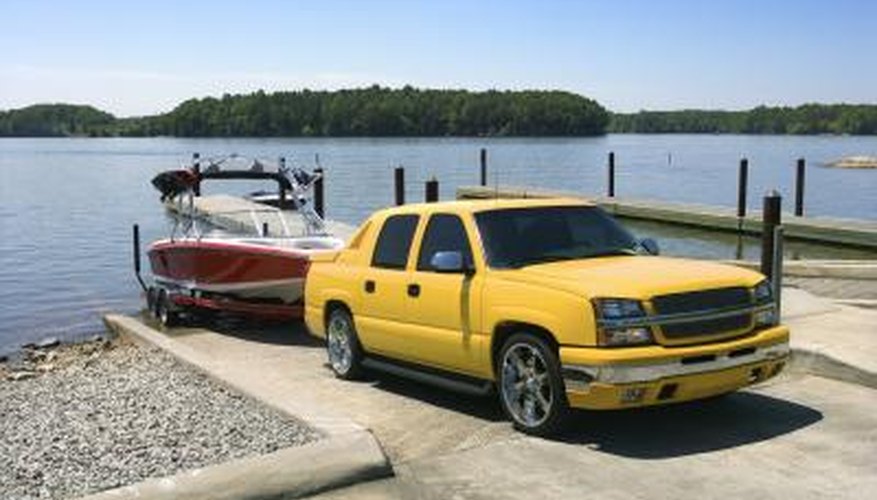
When you think of the important parts of a boat trailer, it’s easy to pick out the wheels and bearings, the lights and clearance markers, perhaps the brakes or even the coupler where the trailer hooks to the tow vehicle. But as for the boat itself, nothing is more important than the bunks that support the hull while it’s sitting on the trailer.
Know the Boat
To properly position the bunks on a trailer so they give adequate support to the boat, it’s first necessary to examine the boat. Look to see where the stringers (cross supports) are located inside the hull, the position of the fuel tank and other structural features. On an aluminum boat, determine some of this by examining the bottom of the hull. Rivet lines can mark where the stringers are positioned, the location of seats, live wells or other features that should be supported. On fiberglass boats, check access panels to get the best look you can of what's below the deck.
While examining the outside of the hull, note the position of strakes (the external ribs running lengthwise down the bottom of the boat) as well as any molded-in strakes, contours or grooves on fiberglass boats. These will also figure in to where you position the bunks for support.
Bunks Vs. Rollers
The best support for a boat is a bunk system made from boards or planks covered with marine-grade carpet. On a lightweight boat such as an aluminum jon boat, a pair of bunks (one on each side) are sufficient to handle the load. In general, the bigger the boat, the more bunks need to be underneath for support. The downside is that it’s often harder to launch and load boats from bunk trailers. In general, the heavier the boat, the harder it is to get them to slide off or back on.
Many trailers for heavy boats come with “roller” bunks, which are gangs of wide wheels that "roll" the boat on or off the trailer. Manufacturers often use roller trailers for the boats they make, which testifies that they can offer adequate support, but for optimum support of any boat, go with carpeted wooden bunks.
Check boating catalogs for slick silicone strips that you attach to the top of wooden bunks to greatly diminish the amount of friction between trailer and boat. These can make launching and loading almost as easy as with roller systems, and the boat’s hull gets better support while it’s being trailered down the highway.
Proper Placement
Unless a trailer is specifically built for a specific boat, attach bunk systems (either roller or bunk style) to the framework of the trailer with adjustable mounting brackets. To a degree, the brackets enable you to raise, lower or move the bunks side to side and enable you to adjust the angle of the bunk to match the sloped bottom on a V-hulled watercraft.
To fit a boat to the trailer, make rough measurements to allow the boat to sit straight and level on the trailer, then crawl under the trailer and position each bunk, making sure that the bunks or rollers are positioned next to, not under strakes or other protrusions from the bottom, that the transom is well supported and that bunks are located under the interior stringers as well as any other areas needing additional support.
References
Writer Bio
Mike Schoonveld has been writing since 1989 with magazine credits including "Outdoor Life," "Fur-Fish-Game," "The Rotarian" and numerous regional publications. Schoonveld earned a Master Captain License from the Coast Guard. He holds a Bachelor of Science in wildlife science from Purdue University.



